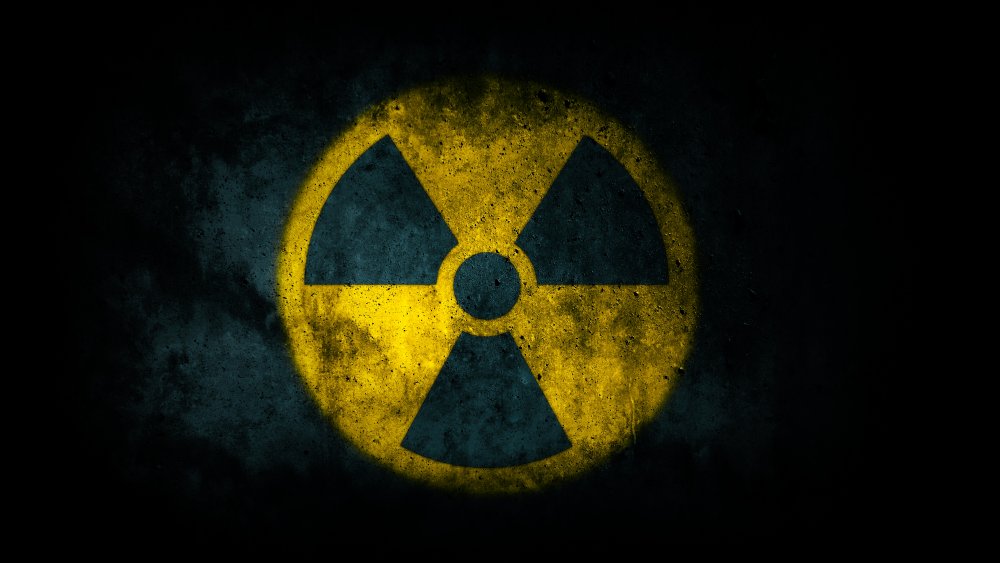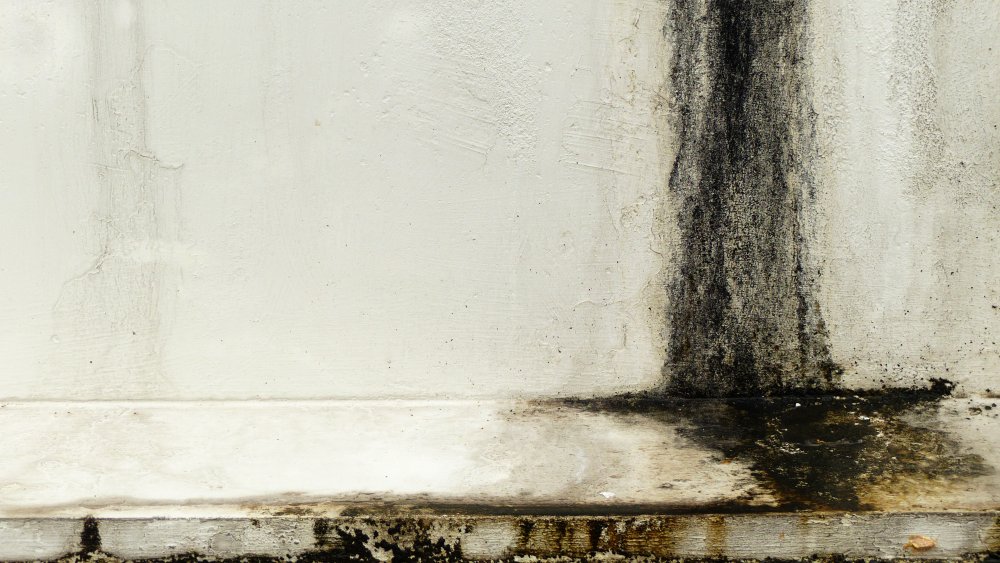The Truth About Chernobyl's Radiation-Eating Fungus
If you know one thing about Chernobyl, you probably know that it was the site of the worst nuclear disaster in human history. On April 26, 1986, a power surge led to a massive failure at the Chernobyl Nuclear Reactor in then-Soviet occupied Ukraine. The failure occurred during — of all things — a reactor safety test. The roof blew off of the Number 4 reactor, releasing large quantities of nuclear material into the surrounding area, and much of Europe.
The contamination was significant. Surface ground deposition of caesium-137, a radioactive isotope produced in the reactor, exceeded 1480 keys in the area surrounding Chernobyl. In the immediate aftermath of the disaster, countries as distant as Ireland registered elevated levels of the toxic element.
After finally admitting the disaster, the Soviet Union implemented a 30-km exclusion zone around the site of the reactor. The exclusion zone remains in effect today, even as generational efforts to contain the broken reactor's contamination recently culminated in the deployment of a massive "sarcophagus" that Ukrainian officials hope will put an end to the irradiation of the surrounding area once and for all.
Extremophiles thrive in the harshest conditions
Even with the sarcophagus in place, the Chernobyl exclusion zone remains one of the most contaminated places on Earth. That's why researchers were excited to discover a fungal extremophile that is apparently attracted to the radioactive space. Unlike many extremophiles who have simply adapted to tolerate inhospitable conditions, the radiation-consuming fungus actually appears to be utilizing the ionizing radiation that would be otherwise fatal to most forms of life.
The fungus, a type of black mold, was originally identified in 1991. At the time, researches were baffled by the organism's resilience under such hostile conditions. More recent research, published by the Albert Einstein College of Medicine's Dr. Ekaterina Dadachova, revealed that the novel black mold was actually drawn to areas of higher radiation. Dr. Dadachova hypothesizes that the fungus may actually be converting the radiation into some kind of bioavailable chemical energy. In other words, it looks like it eats radiation.
Apparently life always finds a way.

